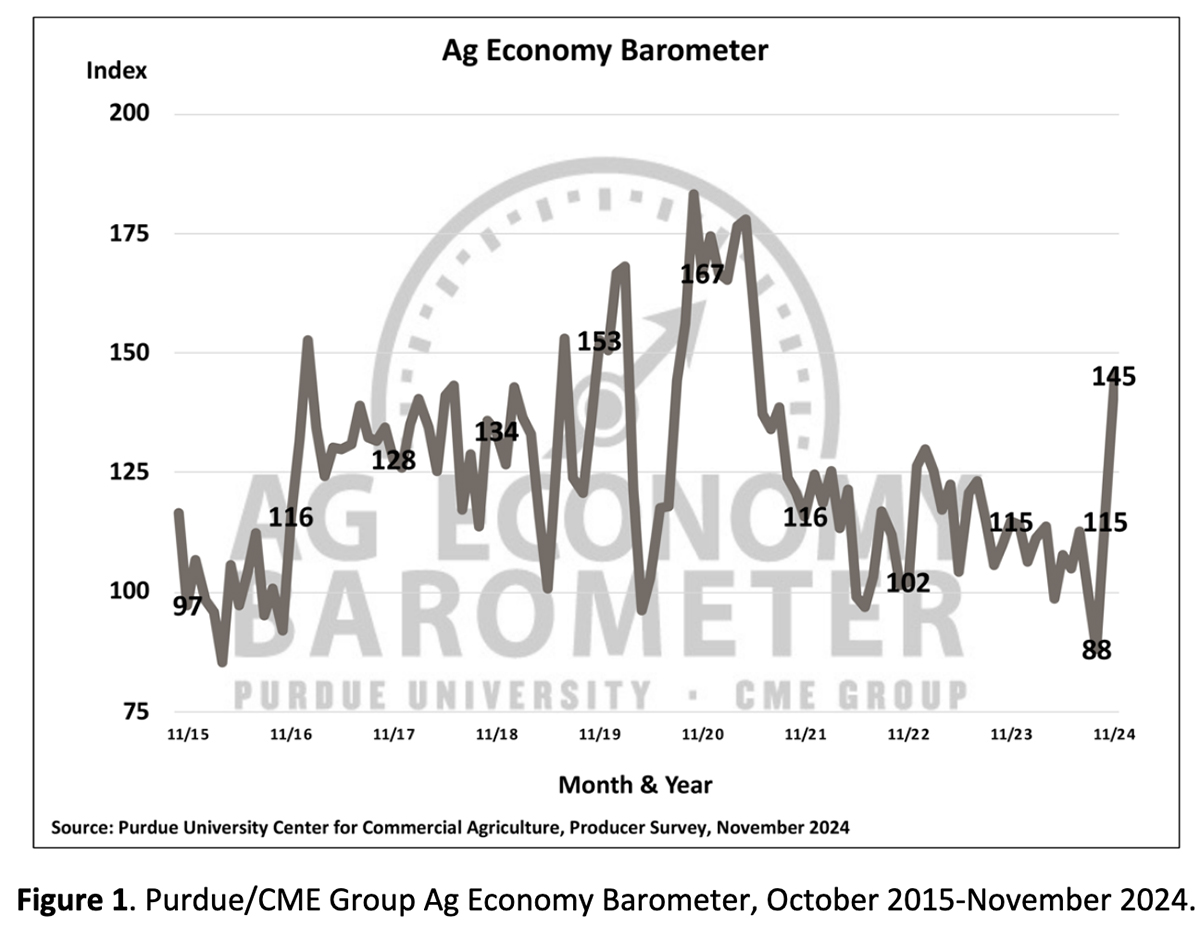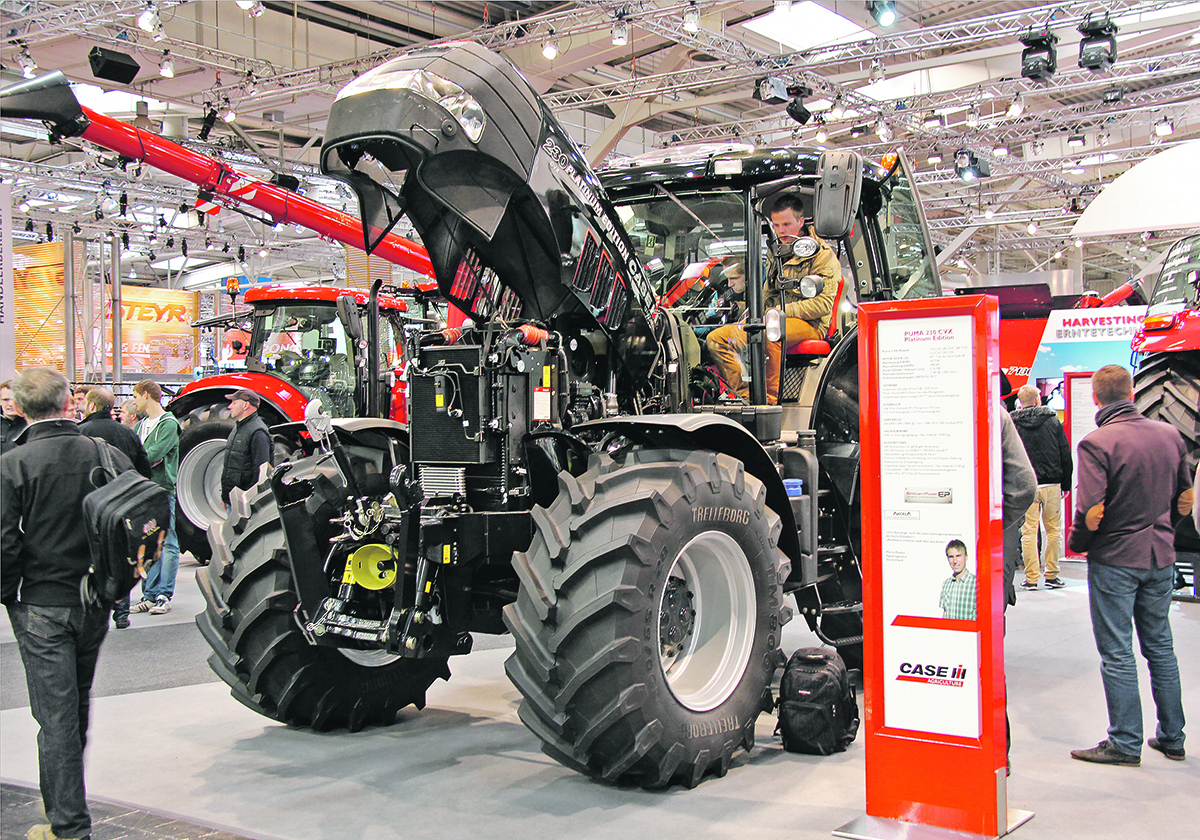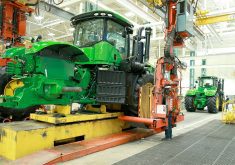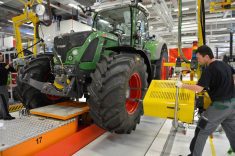When it comes to the impact of a Donald Trump presidency, the recent post-election headlines in the United States seem to be painting a significantly different picture of the future than news sources outside the country.
While news agencies around most of the western world ponder the possible bleak economic and global security impacts his presidency presents, many news headlines in the U.S. reveal widespread optimism.
For example, a Yahoo! Finance headline from Dec. 11 reads, “Big banks find many ‘reasons to be optimistic about 2025’ as Trump 2.0 nears.”
Read Also

Russian wheat exports start to pick up the pace
Russia has had a slow start for its 2025-26 wheat export program, but the pace is starting to pick up and that is a bearish factor for prices.
Investors are optimistic, too. The S&P 500, despite dipping shortly after the election, has since seen a positive bounce despite the tariff threats.
Nowhere it seems is there more optimism than among U.S. farmers.
Purdue University released its November Ag Economy Barometer, which measures U.S. producer optimism, titled “Farmer Sentiment Following the U.S. Election Reaches Highest Levels Since May 2021,” even though it reports 42 per cent of those surveyed believe U.S. agriculture is “likely” or “very likely” at risk of a trade war.

That farmer optimism has been heard by the major equipment brands.
“We’ve seen some enthusiasm on the back side of the election,” Ryan Schaefer, vice-president of New Holland North America, said during a December Ag Intelligence webinar.
“Now, will it translate to results for the end of the year? I think it will translate into results in line with what we planned. We planned for there to be some optimism had the election gone this way, and that optimism seems to have materialized.
“Regardless of which way you lean politically, this supports the notion rural America believes the Trump administration to be optimistic for the economics of rural America and believe this spells positive potential for the years to come.”
Alex Woods, senior vice president of sales, operations, supply chain and parts at Kubota, said his company thinks it will translate into increased sales for 2025.
“We think it will, but it’s going to take a little time. We expect the first half of next year to be somewhat similar to the last half of this year. We’re bullish. We think things will pick up in 2025.”
Brian Weaver, director of network development at Case IH North America, expressed a similar sentiment during the webinar.
“I think at a minimum it reduces the uncertainty and provides some stability in knowing what to expect.… It does provide some understanding and assurance going forward.”
Whether the new administration does provide stability or will repay rural voters’ trust remains to be seen. In the meantime, it raises the possibility that farm equipment sales in the U.S. will bounce back from the multi-decade low level of 2024 — unless, of course, the expected tariffs are imposed and create the economic disruption most economists predict.
In an early November article, Forbes suggests there is little doubt those tariffs will be imposed.
“Trump’s tariffs are coming, that’s for sure,” it said.
“On the campaign trail, he made imposing tariffs on foreign manufacturers a cornerstone of his economic plan.”
If they are imposed, New Holland’s Schaefer said that could put further pressure on equipment sales.
“Now, as we look at some of the suggestions that have been relative to trade negotiations and possible tariffs, there’s some suspicion on how that plays out, whether tariffs are enacted or whether they’re negotiating tactics,” he said.
“Regardless, one way or the other, I think you start to see, from the actions the Mexican government has taken over the last week, they’re being taken very seriously by our trade partners, which in the immediate term will create some demand challenge, but over the long term, I believe the Purdue barometer suggests your typical (American) farmer believes this is positive for their farm profitability potential, which is positive for our industry.”
















